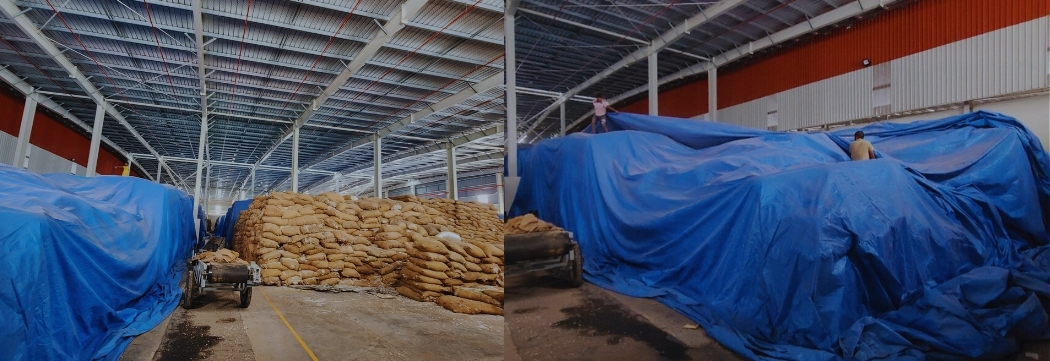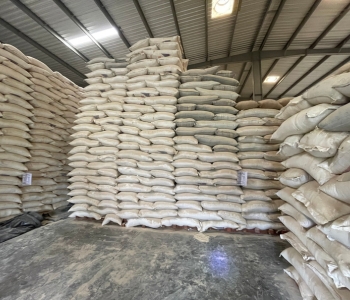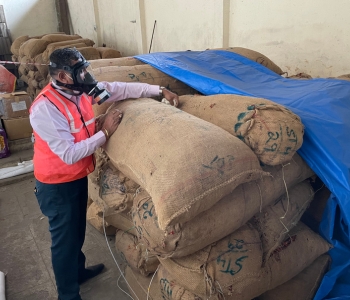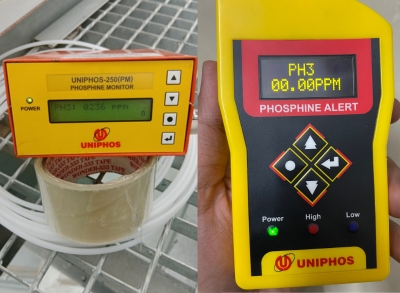Safe and Effective PH3 Fumigation: Understanding ALP – Aluminium Phosphide Fumigation in India (As per NSPM 22 Guidelines)

Aluminium Phosphide (ALP) fumigation is an effective method used to control pests in stored products like grains, food items, and shipping containers. However, due to its potency, proper handling is crucial for safety and effectiveness. In India, the National Standards of Pest Management (NSPM 22) plays a vital role in regulating ALP fumigation practices, ensuring responsible use. For trusted and compliant fumigation services, explore our Pest Control in Pune.
Why Follow NSPM 22 Guidelines for ALP Fumigation?
NSPM 22 establishes a framework for safe and effective ALP fumigation in India. By following these guidelines, we can achieve several benefits:
Safe and Effective Fumigation: NSPM 22 outlines procedures for pre-fumigation inspection, accurate dosage calculation, and appropriate application methods to ensure successful pest elimination.
Environmental Protection: NSPM 22 promotes responsible use of ALP to minimize environmental impact. This might include guidelines for safe disposal method of ALP ash or proper ventilation procedures.
Public Health and Operator Safety: The NSPM 22 framework highlights crucial safety protocols like operator training, use of personal protective equipment (PPE), and proper signage around fumigation zones to protect human health.
ALP Fumigation Process:
Pre-fumigation Inspection:



A thorough inspection is conducted to identify the type and extent of the pest infestation. This helps determine if ALP fumigation is the most suitable solution and identifies any potential risks in the target area, ensuring the space can be effectively sealed.

The target area, like a warehouse or container, is meticulously sealed to prevent gas leaks, following recommendations outlined in NSPM 22. This ensures the fumigation process is effective and minimizes the risk of ALP exposure outside the intended space.
Dosage and Application (NSPM 22 Compliant):
Trained professionals calculate the required amount of ALP based on the target space and infestation level, adhering to NSPM 22 dosage guidelines. They then apply the ALP using specific methods as outlined in the document to ensure safety and effectiveness.

The fumigation process begins. The applied ALP releases a phosphide gas that permeates the sealed space, eliminating pests at all life stages. The duration of fumigation depends on factors like the size of the area, the target pest, and the desired level of control, as likely recommended by NSPM 22 guidelines.
During the fumigation, PH3 gas concentration to be measured at the set of frequency till the end of fumigation (minimum 3 monitoring lines to be placed). Daily monitoring of PH3 gas concentration at all monitoring lines is must to desired kill of stored grain insect.
Aeration (Following NSPM 22 Protocols):
Once the fumigation period is complete, the area is carefully ventilated using specific protocols outlined in NSPM 22 to ensure complete removal of ALP gas. This process may involve natural or forced aeration to insure safety before anyone re-enters the fumigated space.
Post-fumigation Inspection (NSPM 22 Recommendation):
After successful aeration, a thorough inspection is conducted to verify the complete elimination of pests, following NSPM 22 recommendations. This ensures the fumigation process has been effective.
Importance of Consulting NSPM 22-Accredited Professionals:
Conclusion:
Call to Action:
 Watch This Video
Watch This Video


